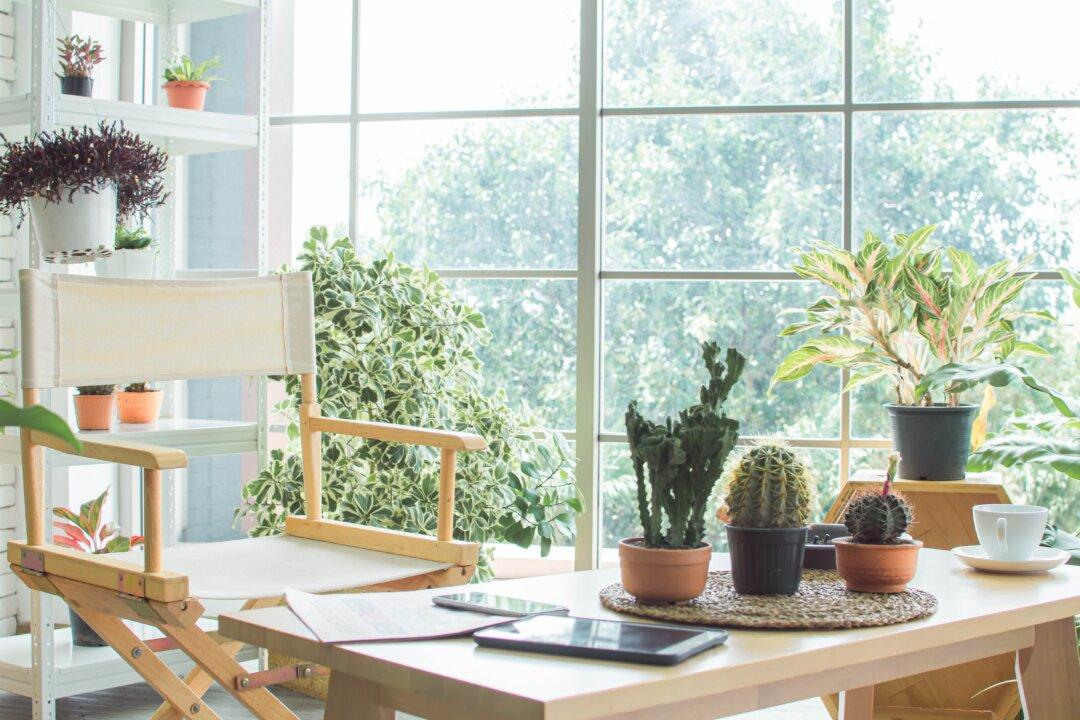Research suggests that in the winter months we spend around 90 percent of our day indoors. There’s a growing awareness about how much our surroundings can affect our well-being. Now more than ever, it’s important that interior settings are planned to enhance good health.
Being in nature has been shown to provide a sense of calmness, lower blood pressure and heart rate, and inspire a feeling of well-being. During the cold weather months, we can bring nature inside to obtain these benefits.





